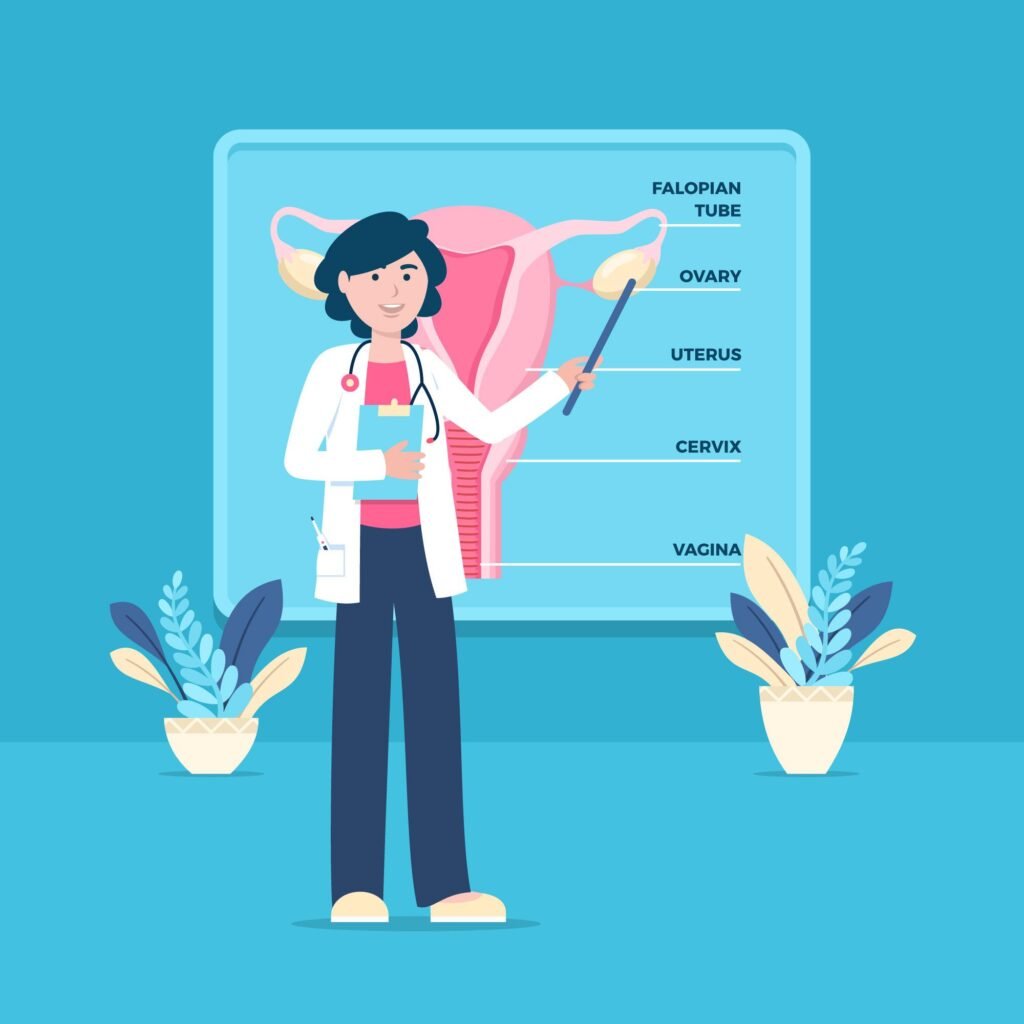Purpose of Ovarian Stimulation

1. Increase Egg Quantity: By stimulating the ovaries, more eggs can be retrieved, increasing the likelihood of obtaining viable embryos for implantation.
2.Improve Egg Quality: While stimulation primarily focuses on quantity, some protocols may also aim to optimize egg quality by using specific medications or adjusting dosages based on the individual’s response.
3. Synchronize Egg Maturation: Ensuring that multiple eggs mature at the same time allows for a single retrieval procedure, improving efficiency and success rates.
4. Enable Genetic Testing: Having more eggs and resulting embryos allows for the possibility of genetic testing (PGT) to select embryos free of genetic abnormalities before transfer.
How Ovarian Stimulation Works
Ovarian stimulation involves a series of steps and medications that mimic and enhance the body’s natural hormonal processes. Here’s an overview of how it works:
-
Initial Assessment and Baseline Testing
Before starting the stimulation phase: The patient undergoes a thorough assessment, including medical history, blood tests, and ultrasound exams, to determine the best stimulation protocol.
Baseline Ultrasound and Blood Tests: These tests are conducted at the beginning of the menstrual cycle to assess the ovaries' condition and ensure there are no cysts or abnormalities that could interfere with treatment. -
Hormonal Medications for Stimulation
A combination of hormonal medications is used to stimulate the ovaries. The specific protocol depends on the patient's health, age, and fertility diagnosis. Commonly used medications include.
1.Gonadotropins:
FSH (Follicle Stimulating Hormone): FSH injections directly stimulate the ovaries to produce multiple follicles (each containing an egg).
LH (Luteinizing Hormone):LH is sometimes combined with FSH or administered separately to support follicle development and maturation.
2. GnRH Agonists and Antagonists:
GnRH Agonists: Drugs like *Lupron* suppress the body’s natural hormone cycle to prevent premature ovulation and allow controlled stimulation.
GnRH Antagonists: Drugs like Cetrotide and Ganirelix prevent premature ovulation by directly inhibiting the release of LH during the stimulation phase.
3. HCG (Human Chorionic Gonadotropin):
Trigger Shot: HCG is administered as a “trigger shot” when follicles reach the desired size, signaling the final maturation of eggs and timing them for retrieval.
3: Monitoring the Stimulation Cycle:
Ultrasound Examinations: Regular transvaginal ultrasounds are performed to monitor the growth and development of ovarian follicles.
Blood Tests: Hormone levels, particularly estradiol, are measured to assess the ovaries’ response to stimulation and adjust medication dosages if needed.
Adjustment of Medications: Based on ultrasound and blood test results, fertility specialists may adjust the dosage or combination of medications to optimize follicle development and minimize risks like ovarian hyperstimulation syndrome (OHSS).
4: Final Maturation and Egg Retrieval:
Trigger Shot: When the follicles reach an appropriate size (usually around 18-20 mm), an hCG injection is given to trigger the final maturation of the eggs.
Timing of Egg Retrieval: Egg retrieval is scheduled approximately 34-36 hours after the trigger shot to capture the eggs at their peak maturity before ovulation occurs naturally.
Risks and Considerations
While ovarian stimulation is generally safe, it does come with potential risks and considerations:
1. Ovarian Hyperstimulation Syndrome (OHSS):
Definition: OHSS is a condition where the ovaries become swollen and painful due to an excessive response to gonadotropins. Symptoms range from mild abdominal discomfort to severe complications like fluid accumulation and blood clots.
Management: Monitoring and adjusting medications, along with using a GnRH antagonist protocol or “freeze-all” strategy (freezing all embryos for later transfer), can minimize the risk.
2. Emotional and Physical Stress:
Side Effects: Hormonal medications can cause side effects such as mood swings, bloating, headaches, and fatigue.
Emotional Impact: The process can be emotionally taxing, requiring support from healthcare professionals, family, and counseling.
3. Multiple Pregnancies:
Risk of Multiples: With multiple eggs retrieved, there’s a higher risk of multiples, leading to more complex pregnancies. IVF clinics often use single embryo transfer (SET) to minimize this risk.
4. Financial Considerations:
Success Rates and Considerations
Ovarian affectation through and through progresses the chances of viable IVF comes about by growing the number of eggs open for fertilization.
1. Age of the Patient:
Age Factor: Younger patients tend to respond better to stimulation and have higher chances of success due to better egg quality.
2. Underlying Fertility Issues:
Diagnosis: Conditions like polycystic ovary syndrome (PCOS) or diminished ovarian reserve may affect how well a patient responds to stimulation.
3. Personalized Protocols:
Tailored Treatments: Individualized protocols improve outcomes by adjusting medication dosages and timing based on each patient’s response.
Conclusion:
Ovarian stimulation is a pivotal step in the IVF process, designed to enhance egg production and improve the chances of successful fertilization and pregnancy. By using hormonal medications and closely monitoring the patient’s response, fertility specialists aim to retrieve a sufficient number of mature eggs while minimizing risks. This process, tailored to each individual’s needs, forms the foundation for successful IVF treatments, offering hope to those seeking to build their families through assisted reproductive technologies.
